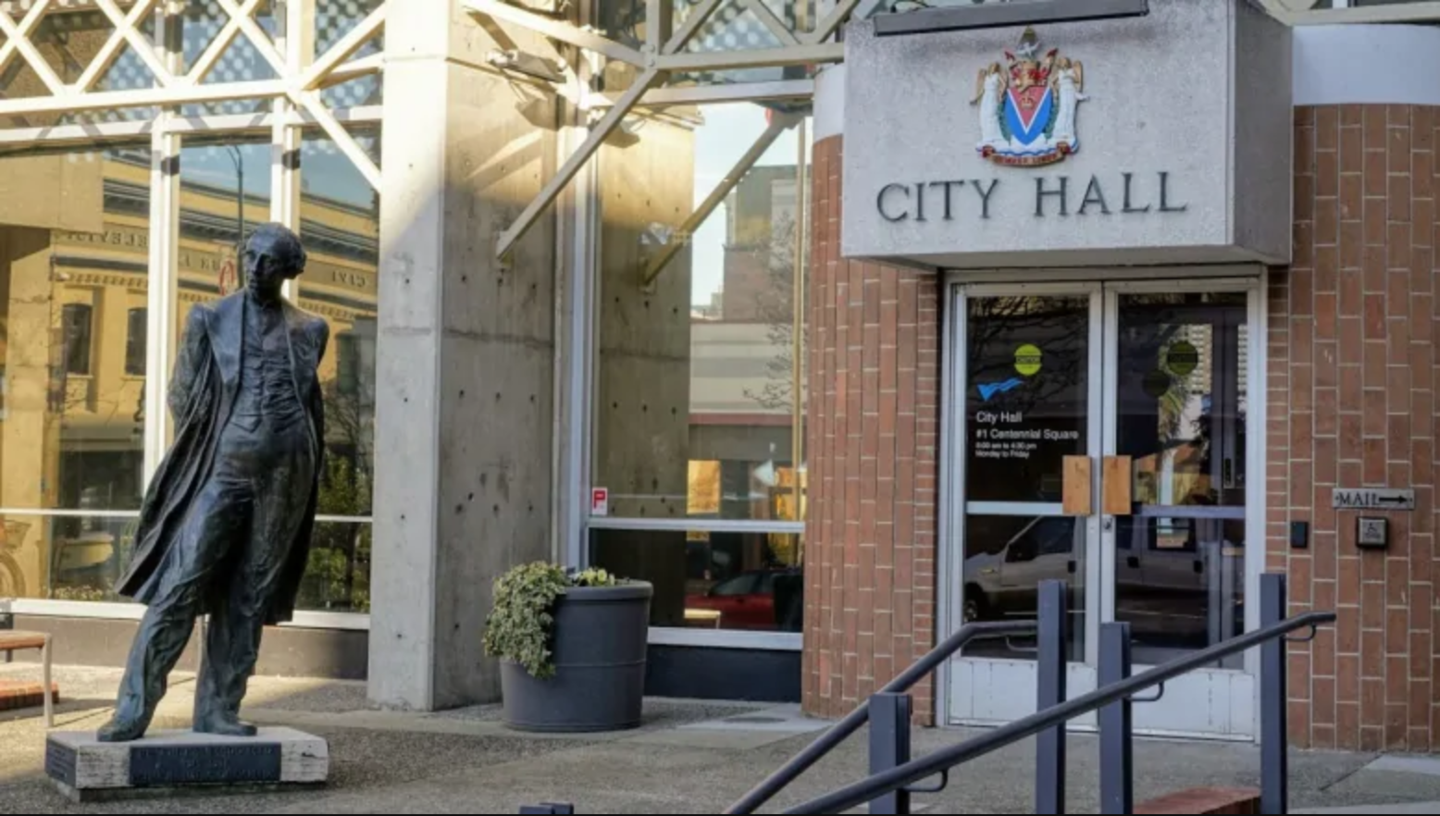Controversy continues to swirl around Canada’s first prime minister 127 years after his death. This past August, Victoria city council voted to remove a statue of John A. Macdonald from outside of the city hall, following a string of attempts to remove his name from schools and other public institutions during the past year. According to a new survey by Angus Reid, 57 per cent of British Columbians oppose the removal of his statue, with only 25 per cent supporting it. And this raises an important question: why is a hunk of metal more important than taking action, however small, to make amends for some of the inhuman torment Macdonald inflicted on a massive group of people?
There’s a sentiment that removing Macdonald’s name from schools, his image from public places, is somehow destroying a part of Canada’s history, but nothing could be further from the truth. A statue is not history. Nobody is advocating to remove all mentions of Macdonald from history books and museums and documentaries. Nobody can take away the fact that yes, he was the first prime minister of Canada. But a statue is not like those things — a statue is an idealized symbol, devoid of context aside from maybe a simple plaque, and it says one thing: “this was a great person. This is a person worth celebrating and looking up to.”
How can you look up to the man who tried to eradicate Canada’s Indigenous people?
We’re seeing more and more as time goes by the legacy of Macdonald shifting. While he’s never received the same sort of reverence George Washington does, he’s often been portrayed as a bumbling drunkard. But more and more, people are acknowledging his links to a system designed to tear Indigenous youth from their families and “educate” them in European ways of thinking, to stamp out their language, their traditions, their very culture. Macdonald was calculated and methodical in his colonization of Western Canada, and the people who were already there, who had lived there for countless generations, were seen as a roadblock to be removed.
So now we talk about reconciliation, about making right those past injustices. And the successes and failures of that effort are well beyond the scope of this article. But we can’t pay lip service to these ideas and not act on them.
Victoria Mayor Lisa Helps is quoted in an article from the CBC as saying “One of the things we heard very clearly from the Indigenous family members is that coming to city hall to do this work, and walking past John A. Macdonald every time, feels contradictory.” And if that’s the experience they’re getting from this human-shaped hunk of metal, this celebration of a man who caused so much harm for so many generations, who are we to argue?
A statue isn’t history — not in and of itself. It’s not a representation of the deeds or actions of Canada’s first prime minister. It’s a symbol of how his legacy has been viewed in the years since then, a representation of how he’s been celebrated, and how his cruel brutality against other human beings has been swept under the carpet. By all means, put it in a museum to contextualize the place in time where it was okay to celebrate him. Put it right next to information about why it didn’t deserve to be displayed in a place of honour.
Image: Mike McArthur/CBC
Jeff was The Cascade's Editor in Chief for the latter half of 2022, having previously served as Digital Media Manager, Culture & Events Editor, and Opinion Editor. One time he held all three of those positions for a month, and he's not sure how he survived that. He started at The Cascade in 2016.



